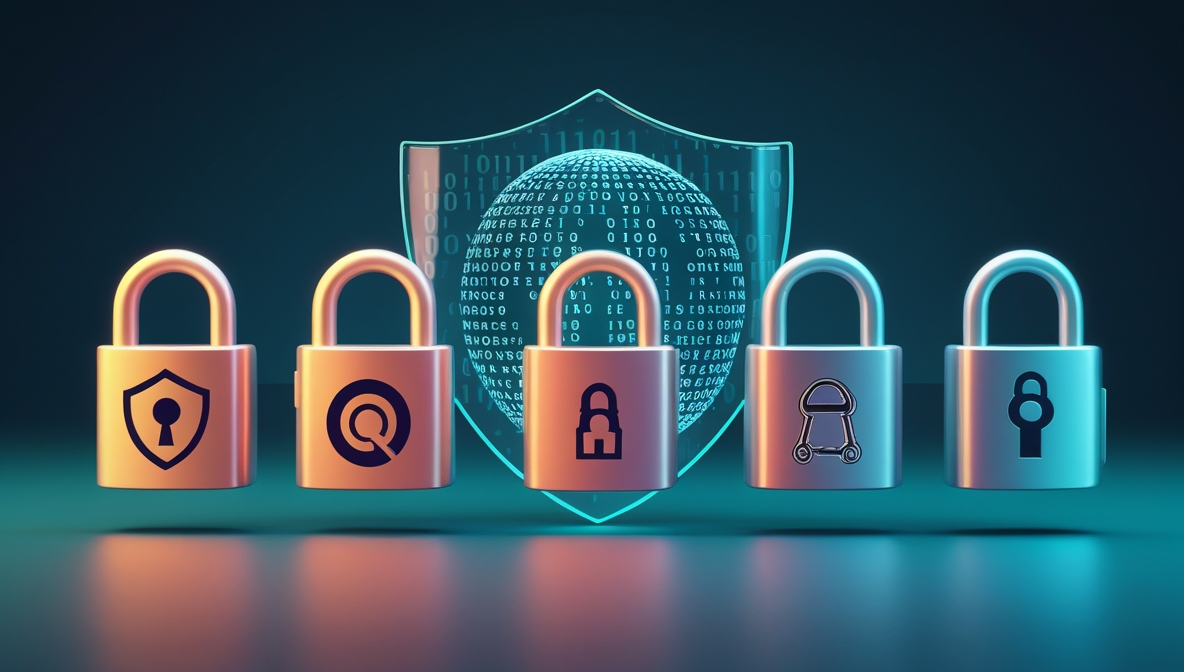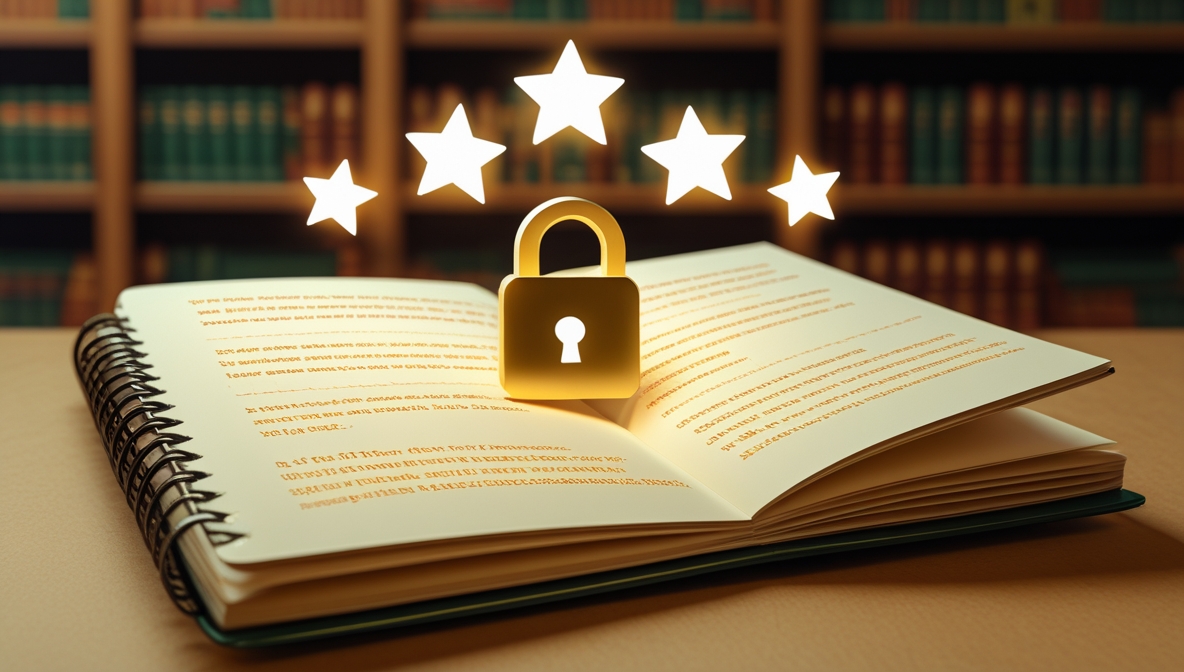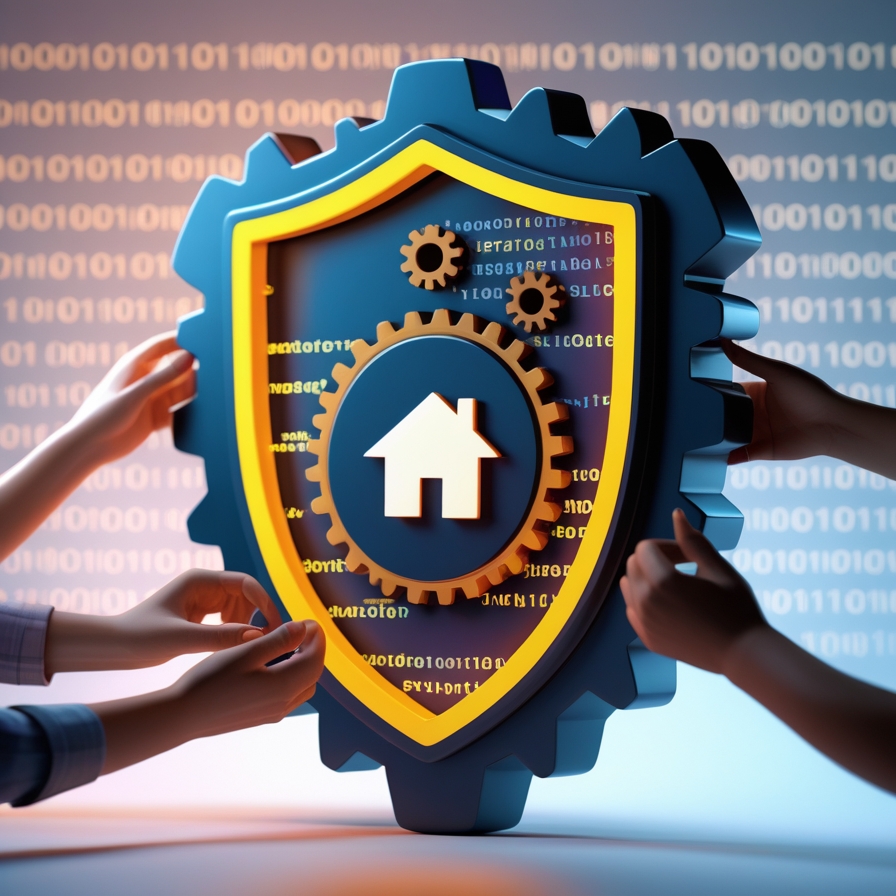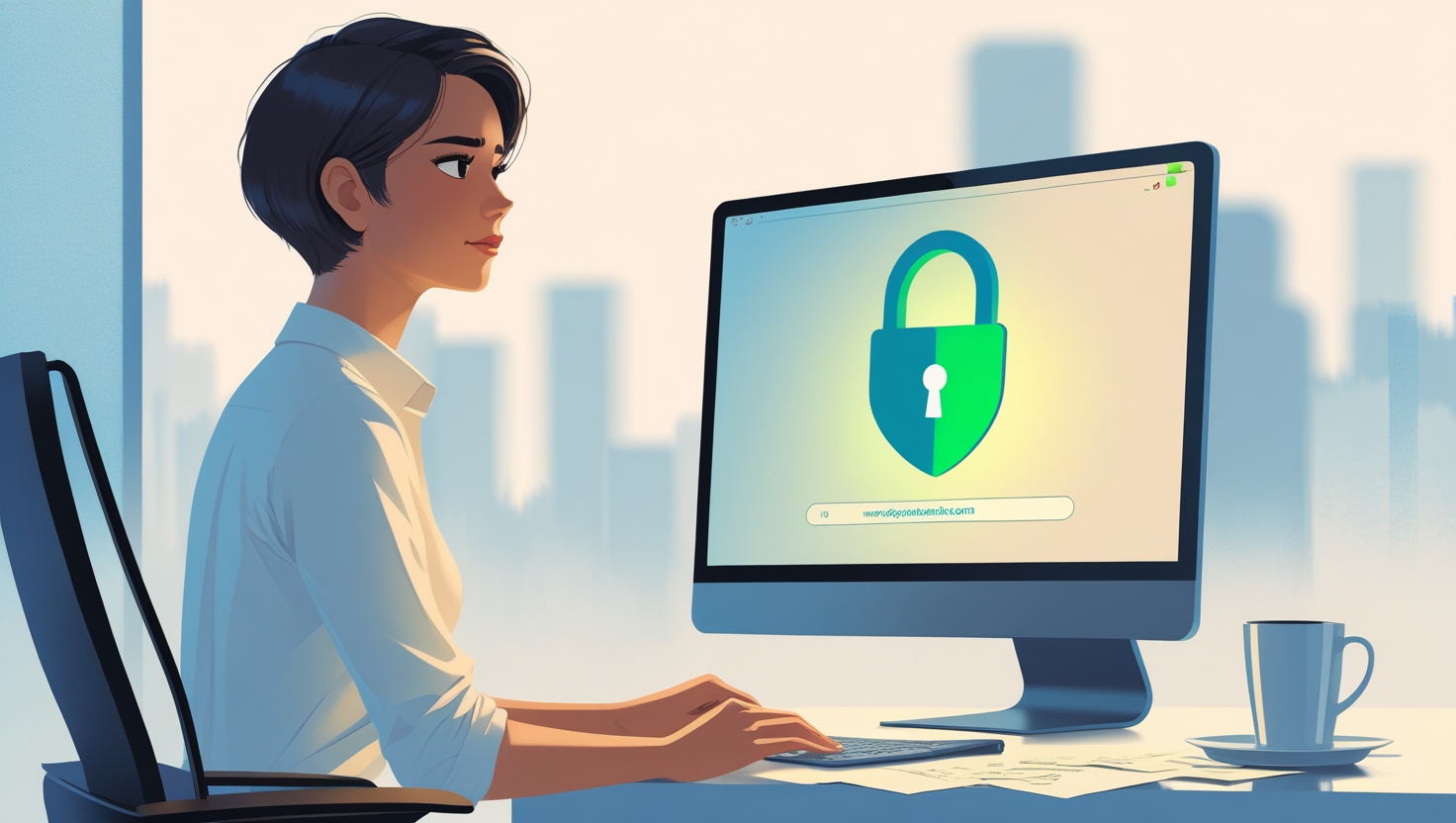In today’s fast-paced digital world, public Wi-Fi networks are a common convenience—but they’re also a serious security risk. Whether in airports, cafes, hotels, or shopping malls, these networks offer a tempting way to get online quickly. However, without proper precautions, connecting to public Wi-Fi can expose you to identity theft, data breaches, and cybercrime. In this comprehensive guide, we dive into the best practices and tools to protect your identity on public Wi-Fi networks.
Understanding the Dangers of Public Wi-Fi
Public Wi-Fi lacks the robust security protocols of private networks. It is often unencrypted or uses weak security standards, making it easy for hackers to intercept data. Common attacks include:
-
Man-in-the-Middle (MitM) Attacks: Cybercriminals intercept communications between you and the internet.
-
Evil Twin Networks: Fake Wi-Fi networks designed to mimic legitimate ones.
-
Packet Sniffing: Hackers use tools to capture unencrypted data passing over a network.
Once connected, a hacker can access sensitive data such as logins, passwords, financial information, and personal emails, enabling them to steal your identity or commit fraud.
Always Use a VPN (Virtual Private Network)
One of the most critical tools for privacy on public Wi-Fi is a Virtual Private Network (VPN). A VPN encrypts your internet traffic, making it unreadable to anyone trying to intercept it. We strongly recommend using a reputable VPN provider that offers:
-
AES-256 encryption
-
No-log policies
-
Kill switch capabilities
-
DNS leak protection
-
Multi-device support
A VPN masks your IP address, secures data transmission, and shields your online activity from prying eyes, making it an indispensable tool when accessing public Wi-Fi.
Connect Only to Trusted Networks
Never connect to random or unknown Wi-Fi networks. Always verify with the establishment (e.g., coffee shop staff or hotel front desk) the exact name of their network to avoid Evil Twin attacks.
When possible, avoid open networks altogether. Prefer Wi-Fi networks that require a WPA3 or at least WPA2 password, as they offer stronger encryption and basic protections against unwanted access.
Disable Auto-Connect Features
Many devices automatically reconnect to previously used networks. This can be dangerous if your device connects to a malicious hotspot with the same SSID as a trusted one. To avoid this risk:
-
Turn off auto-connect in Wi-Fi settings.
-
Remove networks you no longer use.
-
Disable Bluetooth and AirDrop when not in use, as they can also be attack vectors.
By maintaining control over your connections, you greatly reduce the risk of being tricked by a malicious hotspot.
Use HTTPS for All Web Browsing
Even without a VPN, ensuring the sites you visit use HTTPS rather than HTTP can protect the data you send. HTTPS encrypts data between your browser and the website, making it much harder for hackers to read or manipulate.
To make this automatic, install browser extensions like:
-
HTTPS Everywhere
-
DuckDuckGo Privacy Essentials
These tools force your browser to use the secure version of websites whenever available.
Enable Two-Factor Authentication (2FA)
Adding a second layer of security to your accounts can prevent unauthorized access even if your credentials are compromised. Use 2FA on all accounts that support it, especially:
-
Email accounts
-
Banking platforms
-
Social media
-
Cloud storage
Use authenticator apps like Google Authenticator, Authy, or Microsoft Authenticator rather than SMS, which can be intercepted more easily.
Keep Your Device's Software Up to Date
Always ensure your:
-
Operating system
-
Browser
-
Security software
-
Mobile apps
are updated to the latest versions. Software updates often patch critical vulnerabilities that could otherwise be exploited when using unsafe networks.
Enable automatic updates where possible to avoid missing critical security patches.
Avoid Accessing Sensitive Information
When on public Wi-Fi, limit your activity to casual browsing. Avoid:
-
Online banking
-
Shopping with credit cards
-
Accessing confidential work documents
If you must access sensitive content, use your mobile network or a VPN. Remember, any action you take on public Wi-Fi is potentially visible to others unless encrypted properly.
Log Out of Services When Done
Always log out of websites and applications after use, particularly those involving personal or financial information. This reduces the window of opportunity for cybercriminals to hijack your session.
Additionally, clear cookies and browser history to reduce traceability and possible exploitation.
Monitor Your Accounts for Suspicious Activity
Even with all precautions in place, it’s wise to regularly check your bank statements, credit reports, and account activity. Early detection of unauthorized access can help you:
-
Freeze your accounts
-
Change compromised passwords
-
Alert your bank or credit card issuer
-
Report identity theft
Use services like Credit Karma, Experian, or LifeLock to monitor your identity and receive alerts for suspicious activity.
Install Security Software and Firewalls
Equip your devices with strong antivirus and anti-malware software. Look for features such as:
-
Real-time threat detection
-
Ransomware protection
-
Wi-Fi scanning tools
-
Phishing protection
Enable your device’s firewall to block unauthorized incoming and outgoing connections, especially on public networks.
Consider Using a Mobile Hotspot
If security is critical, consider using your smartphone’s mobile hotspot. Cellular data is encrypted by default, offering a much safer alternative to public Wi-Fi.
This method is especially useful for:
-
Business travelers
-
Remote workers
-
Frequent flyers
Ensure your hotspot is password-protected and avoid sharing it with unknown users.
Best Practices Checklist for Public Wi-Fi Safety
To summarize, follow this quick checklist every time you use a public Wi-Fi network:
-
✅ Use a reliable VPN
-
✅ Connect only to verified networks
-
✅ Disable auto-connect and unused features
-
✅ Prioritize HTTPS connections
-
✅ Use 2FA on important accounts
-
✅ Keep software and apps updated
-
✅ Avoid sensitive transactions
-
✅ Log out after use
-
✅ Monitor accounts frequently
-
✅ Use security software and firewalls
-
✅ Consider a mobile hotspot as a safer alternative
By following these comprehensive security practices, you can significantly reduce the risk of identity theft and cyberattacks while using public Wi-Fi. Online security is not just a luxury—it’s a necessity in a world where digital threats are constantly evolving.



